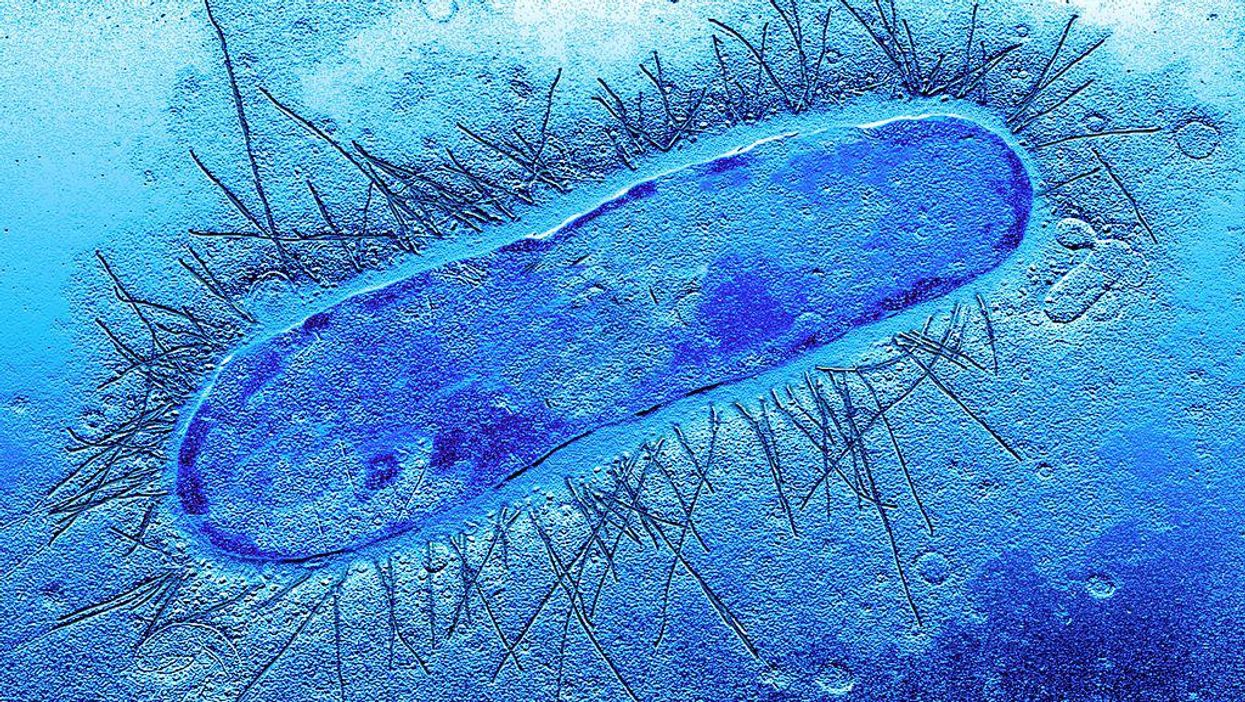
BSIP/Universal Images Group via Getty Images
Consequences
According to a report from the New York Times, one of the many consequences of our response to the novel coronavirus pandemic might well be the emergence of dangerous, drug-resistant bacteria and fungi.
The report notes that a number of different pathogens, which are considered to be highly dangerous, have been resurgent as hospitals have scrambled to meet the challenges of the pandemic. Of specific concern is the fungus candida auris, which has been described by the Centers for Disease Control and Prevention as a "global health threat."
Candida auris is extremely difficult to detect and is highly resistant to drugs. According to the report, there are now about 250 confirmed cases in Los Angeles County alone, whereas before the pandemic there were only a "handful" of cases.
Other pathogens noted to be on the rise in the article include the potentially fatal Carbapenem-resistant Acinetobacter, which is called an "urgent health threat" by the CDC.
The report notes that a number of factors may have contributed to the spread of these other, drug-resistant pathogens.
First, during the early stages of the pandemic, a number of facilities were forced to reuse protective equipment that was in short supply at the time. Second, the laser-like focus on testing for COVID-19 has hampered the ability of medical providers to adequately test and screen for these pathogens.
Third, the coronavirus pandemic has led to a sharp increase in the use of ventilators, which are known collectors of dangerous pathogens, particularly for long-term patients. And fourth, the strain on the medical system may have led to a breakdown in "infection control" for pathogens like C. auris, because medical personnel are focused on COVID-19 protocols to the exclusion of sanitation measures that were implemented to halt the spread of the fungus in 2019.
Also, we may not yet know the extent of the spread of many of these pathogens because screening for them remains virtually halted due to the emergency presented by the COVID-19 pandemic.
Leon Wolf
Former Managing Editor, News